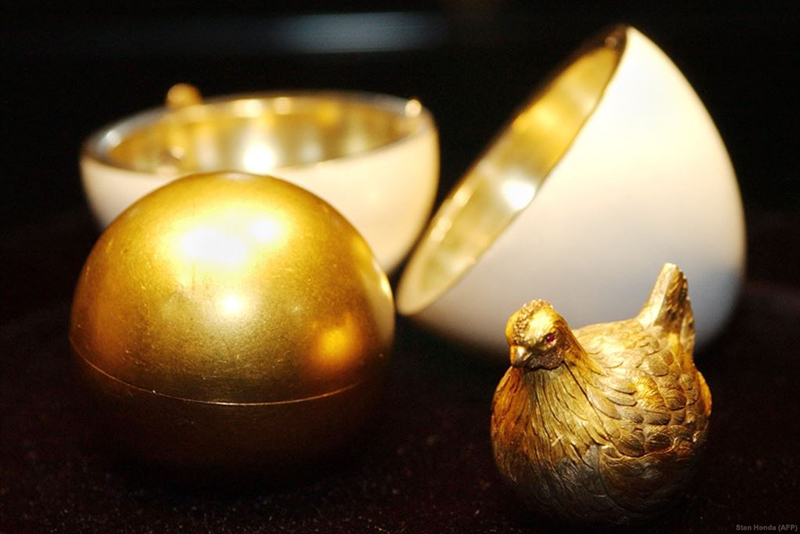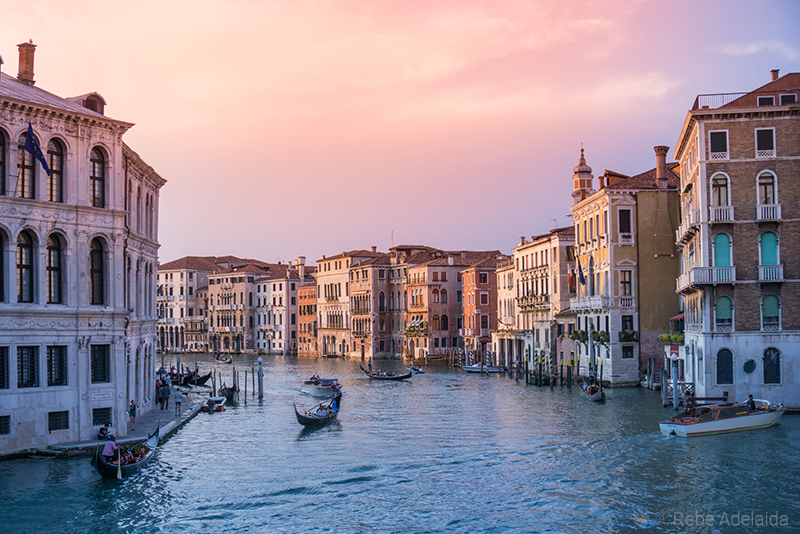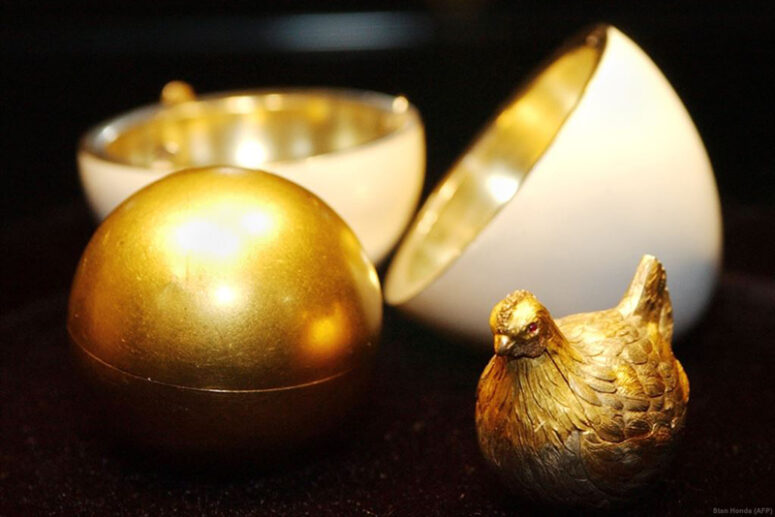
Russian jeweller Carl Fabergé is known primarily for his Easter eggs, prized by collectors around the world. But why has Mr. Fabergé chosen that far-from-obvious shape for his jewellery.
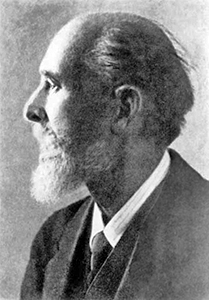
Giving eggs for Easter is an ancient Orthodox tradition, especially loved in Russia. According to legend, Mary Magdalene, one of the myrrh-bearing women went to Rome to preach about the Savior after His ascension. There she congratulated the Emperor Tiberius with the words “Christ is Risen!” and presented him with a chicken egg. The emperor did not believe the woman’s words and replied that the dead cannot come to life, just as this white egg cannot turn red. Suddenly, the gift turned red convincing Tiberius that Mary spoke the truth.
The first Fabergé egg was ordered from a St. Petersburg jeweller Karl Gustavovich Fabergé in 1885 by Emperor Alexander III as an Easter gift for his wife Maria Feodorovna. That was the beginning of the Fabergé history. The Emperor met the jeweller at an exhibition in Moscow. He highly appreciated the items made at the Fabergé workshop.

The first jewelry egg produced by Fabergé was called “the Hen”. It got its name because of the surprise hidden inside of it, a small figurine of a chicken made of colored gold. Maria Feodorovna liked the gift so much that the emperor began to order eggs for every Easter, and Carl Faberge received the position of court jeweler. The only requirement for the eggs was: there had to be a surprise inside each item. The following emperor, Nicholas II, kept that tradition and ordered two Faberge eggs at once, one for his widowed mother Maria Feodorovna and the other for his wife, Alexandra Feodorovna.
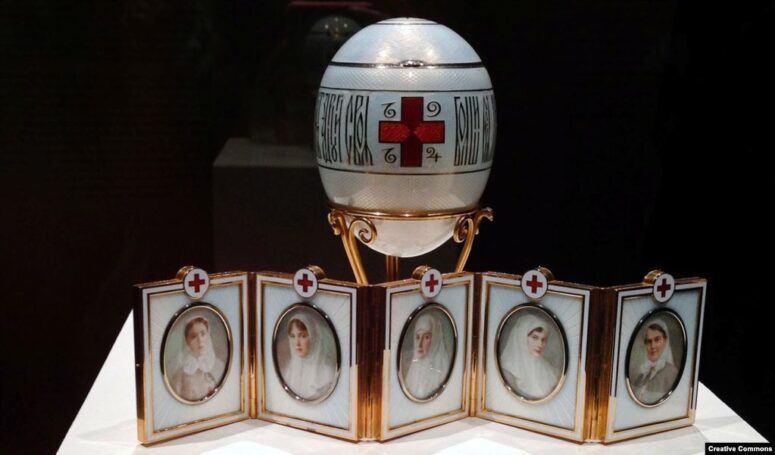
Carl Fabergé’s workshop was not able to finish its last egg “Constellation (of the Tsarevich)” intended for Easter of 1917. The revolution began; the emperor abdicated and was soon killed together with his family. All the Fabergé stores were nationalized by the Bolsheviks together with the jewellery workshop. Karl Gustavovich himself immigrated to Europe illegally, fearing persecution in Russia. These events undermined the health of the great jeweller. After living abroad for only two years, Carl Faberge died of a heart attack. It happened on September 24, 1920 in Switzerland.
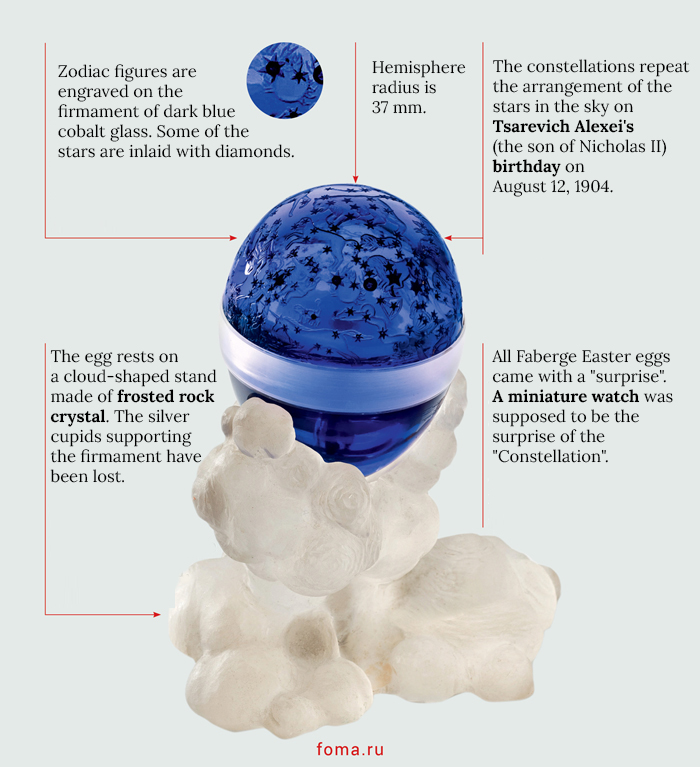
Among Fabergé’s customers were not only emperors, but also high-income people. A total of 71 Fabergé products are known, of which 52 were made by orders of emperors.

Translated by The Catalogue of Good Deeds
Source: https://foma.ru/pochemu-karl-faberzhe-nachal-delat-jajca.html

